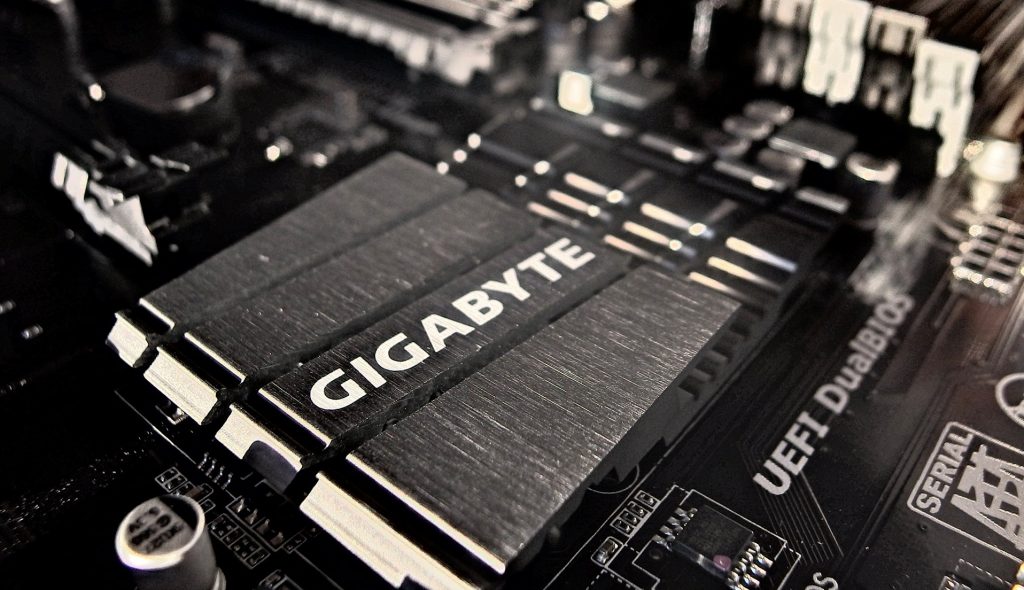Warum AMD seine wachsende GPU-Präsenz in ein Rechenzentrum umwandeln kann.

Der 5,4 Milliarden Dollar teure Kauf von ATI Technologies durch AMD im Jahr 2006 schien ein merkwürdiges Ereignis zu sein. Die Unternehmen befanden sich nicht nur in getrennten Märkten, sondern auch an getrennten Küsten, mit ATI in der Region Toronto, Kanada, und AMD in Sunnyvale, Kalifornien.
Die Übernahme rettete AMD wohl vor der Insolvenz, denn es war das Grafikgeschäft, das das Unternehmen über Wasser hielt, während das Athlon/Opteron-Geschäft nirgendwo hinführte. In vielen Bereichen brachten Grafiker mehr Umsatz als CPUs und retteten das Unternehmen wahrscheinlich vor dem Bankrott.
Aber diese Tage sind vorbei, und AMD ist wieder einmal ein sehr wettbewerbsfähiges CPU-Unternehmen, und die Quartalsumsätze nähern sich sehr stark der 2-Milliarden-Dollar-Marke. Während das CPU-Geschäft in Flammen steht, entwickelt sich das GPU-Geschäft weiterhin gut.
Im zweiten Quartal 2019 stiegen die GPU-Lieferungen von AMD gegenüber dem ersten Quartal um 9,8%, während die von Nvidia stagnierten und die von Intel um -1,4% zurückging. Ein Anstieg gegenüber dem ersten Quartal ist ein sehr gutes Ergebnis, da das zweite Quartal typischerweise gegenüber dem ersten Quartal nachlässt.
AMD und Nvidia brechen keine Marktsegmente aus, noch sagen sie, welcher Prozentsatz aus dem Verkauf von Enterprise/HPC/Supercomputing stammt. Die Herausforderung für AMD besteht daher darin, seine Spielpopularität in den Verkauf von Unternehmen umzusetzen.
Konkurrenzkampf im Bereich der Hochleistungsrechner.
Im High-Performance Computing (HPC), zu dem auch die künstliche Intelligenz (KI) gehört, dominiert Nvidia deutlich. AMD hat keine Antwort auf Nvidias RTX 270/280 oder den Tesla T4, aber das hat AMD nicht davon abgehalten, weiterhin konkurrenzfähig zu bleiben. Das Oak Ridge National Lab plant, 2021 einen exaskalierten Supercomputer mit der Bezeichnung Frontier mit AMD Epyc Prozessoren und Radeon GPUs zu bauen.
AMD CEO Lisa Su sprach darüber auf der jüngsten Hot Chips-Halbleiterkonferenz, wo sie sagte, dass Frontier „eine hochoptimierte CPU, eine hochoptimierte GPU, eine hochoptimierte kohärente Verbindung zwischen CPU und GPU, die Zusammenarbeit mit Cray an den Latenzeigenschaften von Nodes zu Nodes ermöglicht es uns wirklich, ein Führungssystem aufzubauen“.
AMD hat auch Verträge mit Google abgeschlossen, um seine Cloud-basierte Stadia-Spielkonsole mit 10,7Tflops/Sek. Zu betreiben, mehr als die Microsoft- und Sony-Konsolen zusammen. Und AMD hat mit dem chinesischen Unternehmen Baidu einen Vertrag über die Bereitstellung von GPU-basiertem Computing für zwei Jahre abgeschlossen.
Das Problem ist nicht so sehr die Hardware, sondern die Software. Nvidia hat eine spezielle Sprache mit der Bezeichnung CUDA, die zuerst vom Standford-Professor Ian Buck entwickelt wurde, der heute Leiter der KI-Bemügungen von Nvidia ist. Es ermöglicht Entwicklern, Anwendungen zu schreiben, die den Grafikprozessor mit einer vertrauten C++-Syntax vollständig nutzen. Nvidia ging dann zu Hunderten von Universitäten und richtete sie ein, um Studenten im Umgang mit CUDA zu unterrichten.
„Das Endergebnis ist, dass Universitäten auf der ganzen Welt Tausende von Absolventen, die CUDA kennen, auf den Plan rufen, und AMD hat kein Äquivalent“.
Das Ergebnis ist, dass es viel schwieriger ist, für eine Radeon zu coden als für eine Tesla/Volta. AMD unterstützt die Open-Standard OpenCL-Bibliothek und das Open-Source-Projekt HIP, das CUDA in portablen C++-Code umwandelt.
Der OpenCL-Standard wurde von Apple entwickelt, wird aber jetzt von der Khonos weiterentwickelt. In den letzten Jahren hat sich die Technologie sehr gut weiterentwickelt. Dies deutet auf die Tatsache hin, dass Standards immer dann besser abschneiden, wenn es etwas zu gewinnen gibt.
Damit AMD im Rechenzentrum und HPC/AI gegen Nvidia Fuß fassen kann, benötigt sie einen Konkurrenten von CUDA. Bis vor zwei Jahren war das einfach nicht möglich, weil AMD letztlich um sein Überleben kämpfte. Aber jetzt ist die Zeit reif für das Unternehmen, auf Software zu setzen und Nvidia die gleichen Möglichkeiten zu geben, die es Intel gibt.
Vielen Dank für Ihren Besuch.


